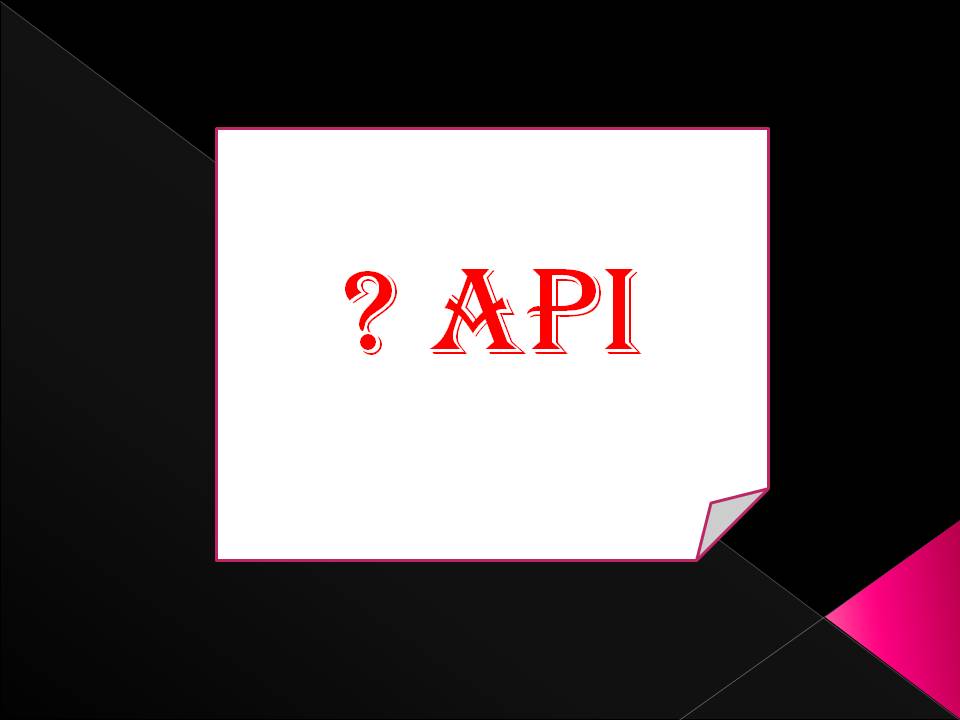What is an API? (Application Programming Interface)

API is the acronym for Application Programming Interface. In simple words we can say it is the communicator between two software applications. It allows software applications to talk each other.
Every day we are interacting with the multiple applications which are integrated with other applications. Example : Amazon, Flipkart, Phonepe etc.. It means every day we are using an API but the thing is we do not know that this is API.
Let us try to discuss and understand what an API with using some examples. I feel by using examples we can understand what is an API is.
For example some applications will allow you to login and use application with using gmail account. And for some applications which will allow you to login and access the application by using your Facebook account.
It means that applications have integration with gmail and Facebook. Here these two applications talk each other and how the request should be and in which format they are expecting request from the sender.
We will discuss in detail with another example to understand what is an API? :
What Is an API and Example?
For example I want to book train tickets, to book train tickets I need not go to IRCTC portal. If you observe by using other applications also we can book the tickets. So here we can understand these two applications are talking each other to execute your request.
Here the main concept is to understand is “Request and Response” How we need to pass the Request and how we are going to get response.
Or how we will give the response and how we are expecting request to give correct response.
If you observe our website, if you register with your email id you will get the immediate response or message. To send email messages I am using some other applications means I am using API to pass values as per their request.
Let us observe one more example which we are using on daily basis to make you understand what is an API in detail.
Here is a real-life API example. We will search for flights online to check the availability and all. We will have a multiple options to choose from, including different cities, departure and return dates, and more.
Let us imagine that you’re booking you are flight on an airline website. You choose a departure city and date, a return city and date, cabin class, as well as other variables.
In order to book your flight, you interact with the airline’s website to access their database and see if any seats are available on those dates and what the costs might be.
However, what if you are not using the airline’s website–– and you are using some other applications to book the tickets. As all you know now days we are using multiple applications to book flight tickets or some other needs.
The travel service, in this case, interacts with the airline’s API. The API is the interface that,, can be asked by that online travel service to get information from the airline’s database to book seats, baggage options, etc.
The API then takes the airline’s response to your request and delivers it right back to the online travel service, which then shows you the most updated, relevant information.
Software developers or organizations are using below API’s
- SOAP Service (API)
- REST API (Service)
Developers will write code and use json format or .xml format to form request and response.
As a Business Analyst you need not have deep knowledge on this like how to write code and how developers frame request and response in json or .xml format. But you should have at least knowledge to how to understand the request and response. It helps you to understand based on the response received.
For example any application or website down usually we receive message as “404 error” based on this response or message we can understand website is down.
I hope it helped you to provide a overview about what is an API?
If you want to know more about what is an API and how to develop API, you can browse on google to understand. Enough material is available in google and youtube.
For Business Analyst perspective it provides overview on what is an API ?

Business Analyst , Functional Consultant, Provide Training on Business Analysis and SDLC Methodologies.
